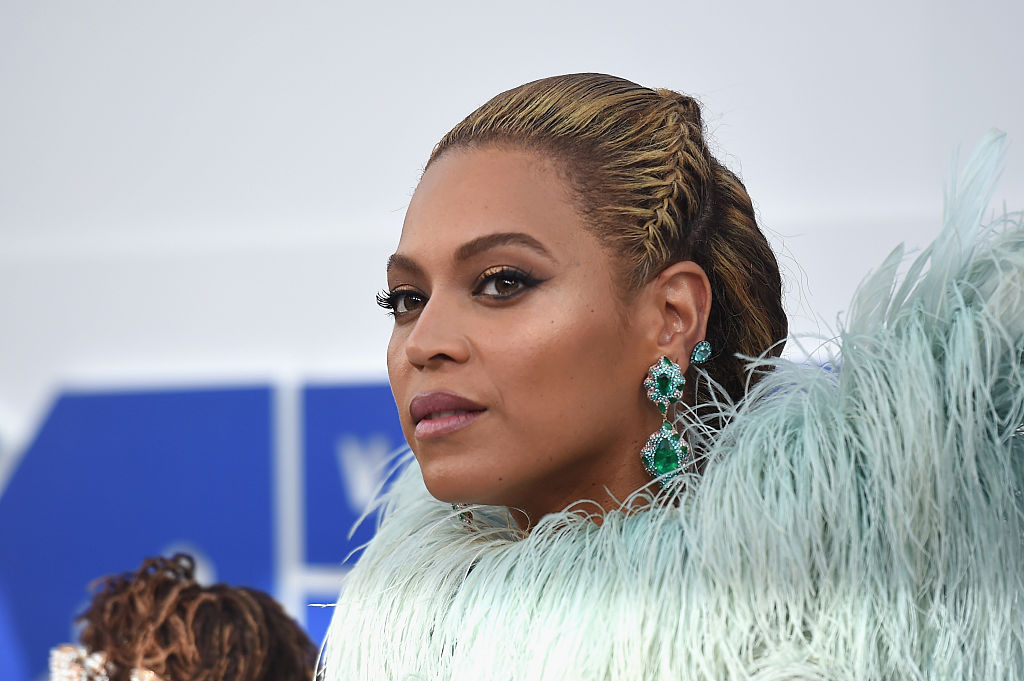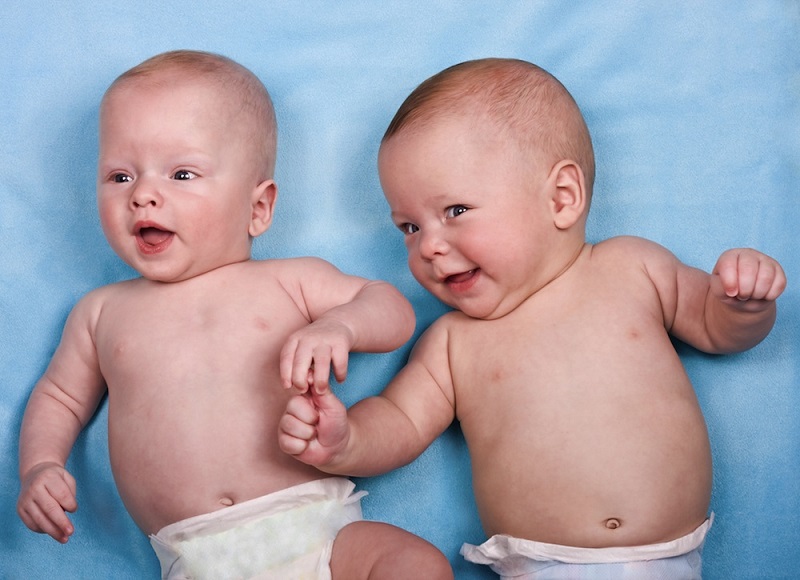Beyoncé Expecting 2: Here Are 5 Fun Facts About Twins
5 Fun Facts About Twins

Singer Beyoncé Knowles announced today on her Instagram account that she is pregnant with twins.
"We are incredibly grateful that our family will be growing by two, and we thank you for our well wishes," she wrote in the Feb. 1 post accompanying the photo, which was signed "The Carters."
Beyoncé is married to rapper Jay Z. They have a 5-year-old daughter named Blue Ivy.
Here are some facts about twins for the expecting star.
Twin birthrates are at an all-time high

The U.S. twin birthrate reached a record high in 2014, according to the latest available data from the Centers for Disease Control and Prevention.
In 2014, there were an average of 33.9 twins per 1,000 births, up from 33.7 twins per 1,000 in 2013, the CDC found. And the "twinning rate" has nearly doubled since 1980, when there were 18.9 twins per 1,000 births, according to the report.
One possible reason for the rise in twin birthrates is that women are using fertility treatments more, such as in vitro fertilization, which can increase the likelihood of twins, according to the CDC report. In addition, women are having children at a later age, which may also increase the likelihood of having twins, the researchers wrote.
Identical twins aren't completely identical…

Indeed, they may actually have some genetic differences.
Though identical twins start out with identical DNA, genetic changes can occur very early in fetal development, according to research presented at a meeting for the American Society of Human Genetics.
These genetic changes may partly explain why some sets of identical twins go on to develop differently during life — for example, one twin may get cancer while the other stays healthy.
But their genes do play a big role

In a landmark study ― the Minnesota Twin Family Study ― of identical and fraternal twins who had been separated at an early age, researchers discovered that even after living apart for decades, the twins still had a striking number of similarities, both medical and psychological.
The findings highlight the power of a person's genes.
For example, even after living apart, identical twins would stand in the same way, while fraternal twins stood with different postures.
One famous set of twins in the study, identical twin brothers Jim Lewis and Jim Springer, were separated when they were 4 weeks old, and reunited at age 39. It was then that they discovered they both got tension headaches, bit their nails, smoked the same brand of cigarettes and drove the same type of car.
Twins may live longer

Twins appear to live longer than men and women who aren't twins.
The research, from Denmark, found that identical twins lived longer than fraternal twins, and both types of twins outlived singletons. Specifically, identical twins lived, on average, 4 to 5 years longer than those without a twin. Fraternal twins lived, on average, 2 to 3 years longer than those without a twin.
One possible reason for the longer life could stem from the strong social bonds formed between twins, which could act as a buffer against risky behaviors or provide an important source of support, the lead author of the study said.
Twins run in the family

The reason some women have twins while others do not could be explained by two genes, according to a recent study from the Netherlands.
Researchers have long-known that women are more likely to have fraternal twins if other women in their family have had fraternal twins, but it was unknown if any genes were involved.
The researchers from the Netherlands identified two genes, both of which play a role in how a hormone called follicle-stimulating hormone (FSH), which helps eggs mature, is produced and processed in the body.
One gene was linked to higher levels of FSH, which can increase a woman's odds of releasing two eggs instead of one egg, the researchers found. (Fraternal twins develop when two eggs are released from a woman's ovaries, while identical twins develop when a single egg splits in two.)
The other gene played a role in increasing the ovaries' sensitivity to FSH. If this happens, a woman may also release two eggs instead of one.
Originally published on Live Science.
Sign up for the Live Science daily newsletter now
Get the world’s most fascinating discoveries delivered straight to your inbox.

Man gets sperm-making stem cell transplant in first-of-its-kind procedure
'Love hormone' oxytocin can pause pregnancy, animal study finds










